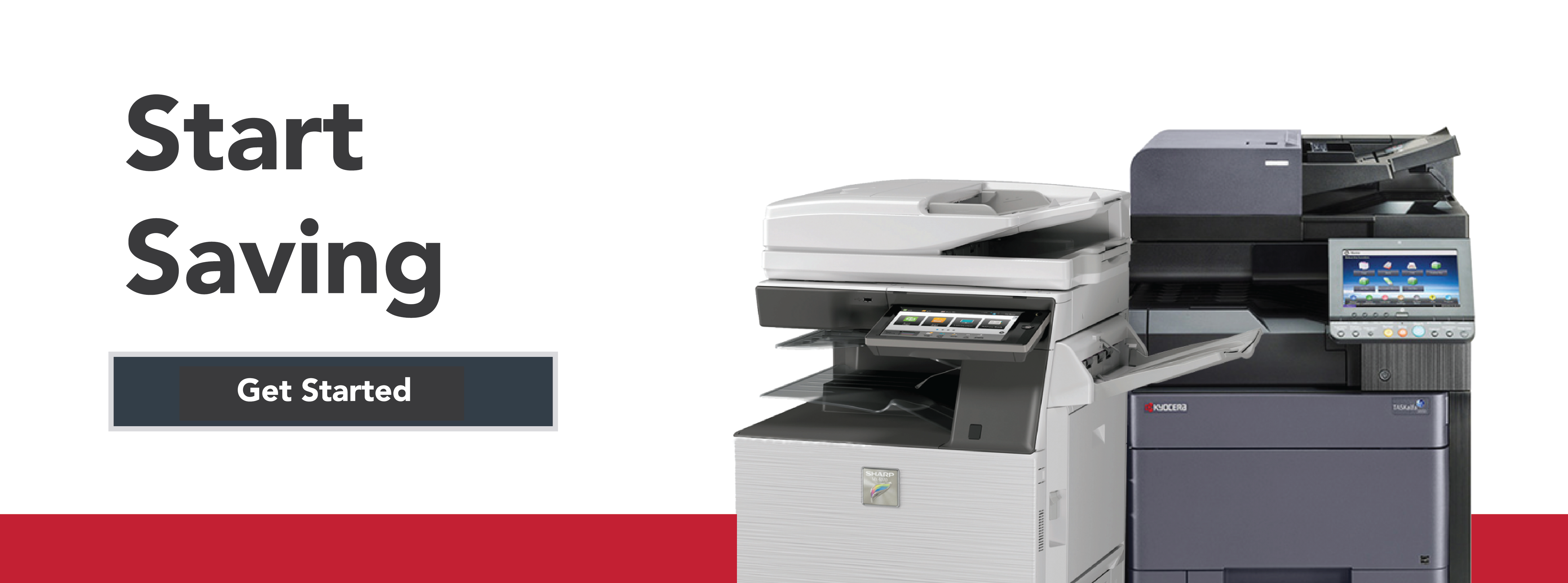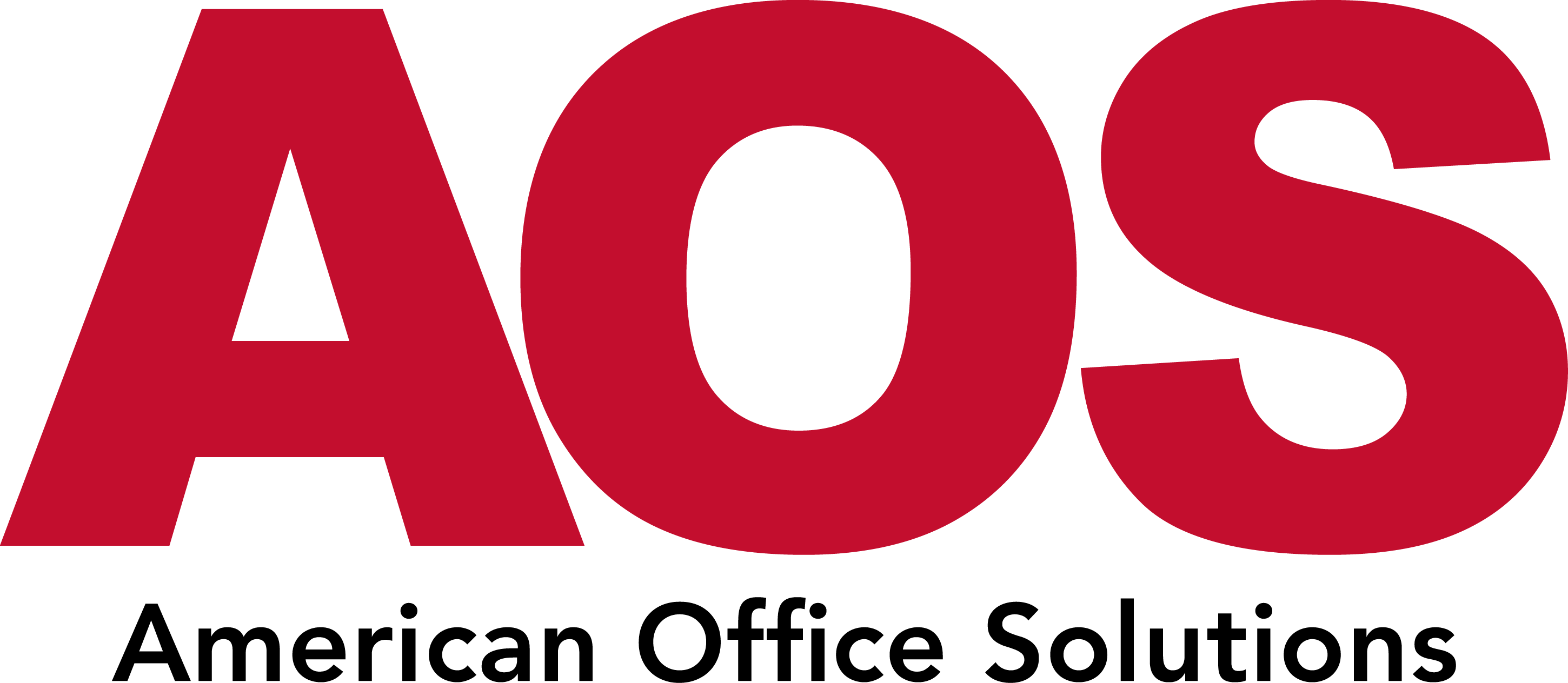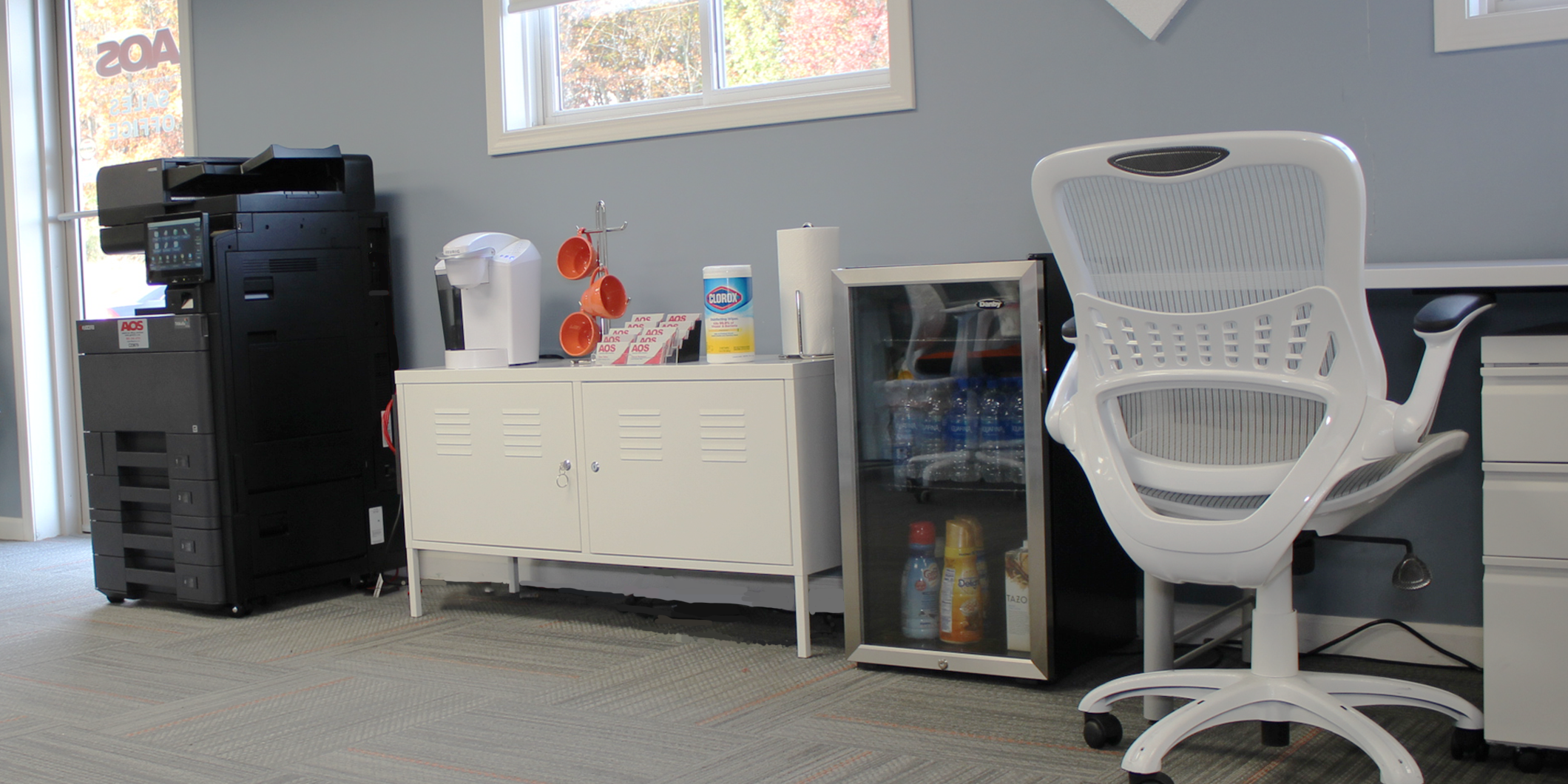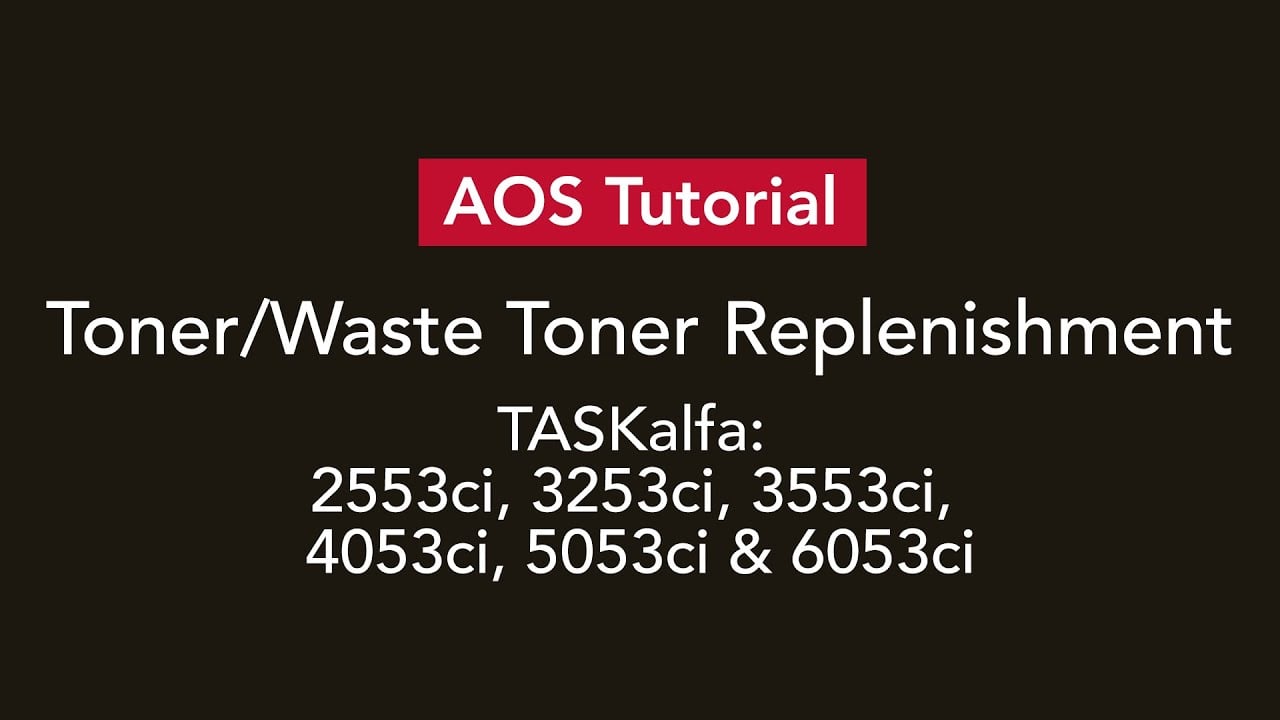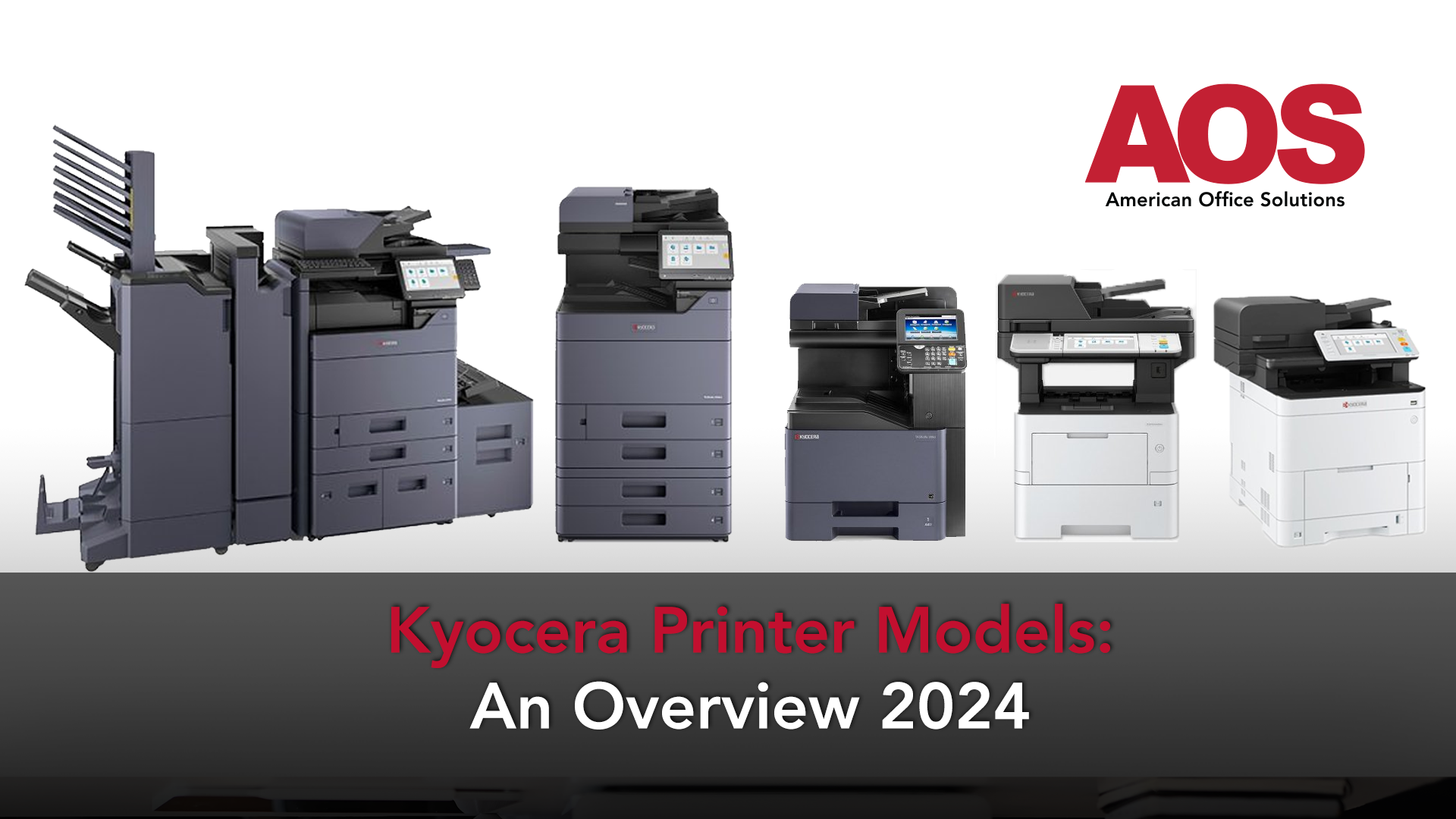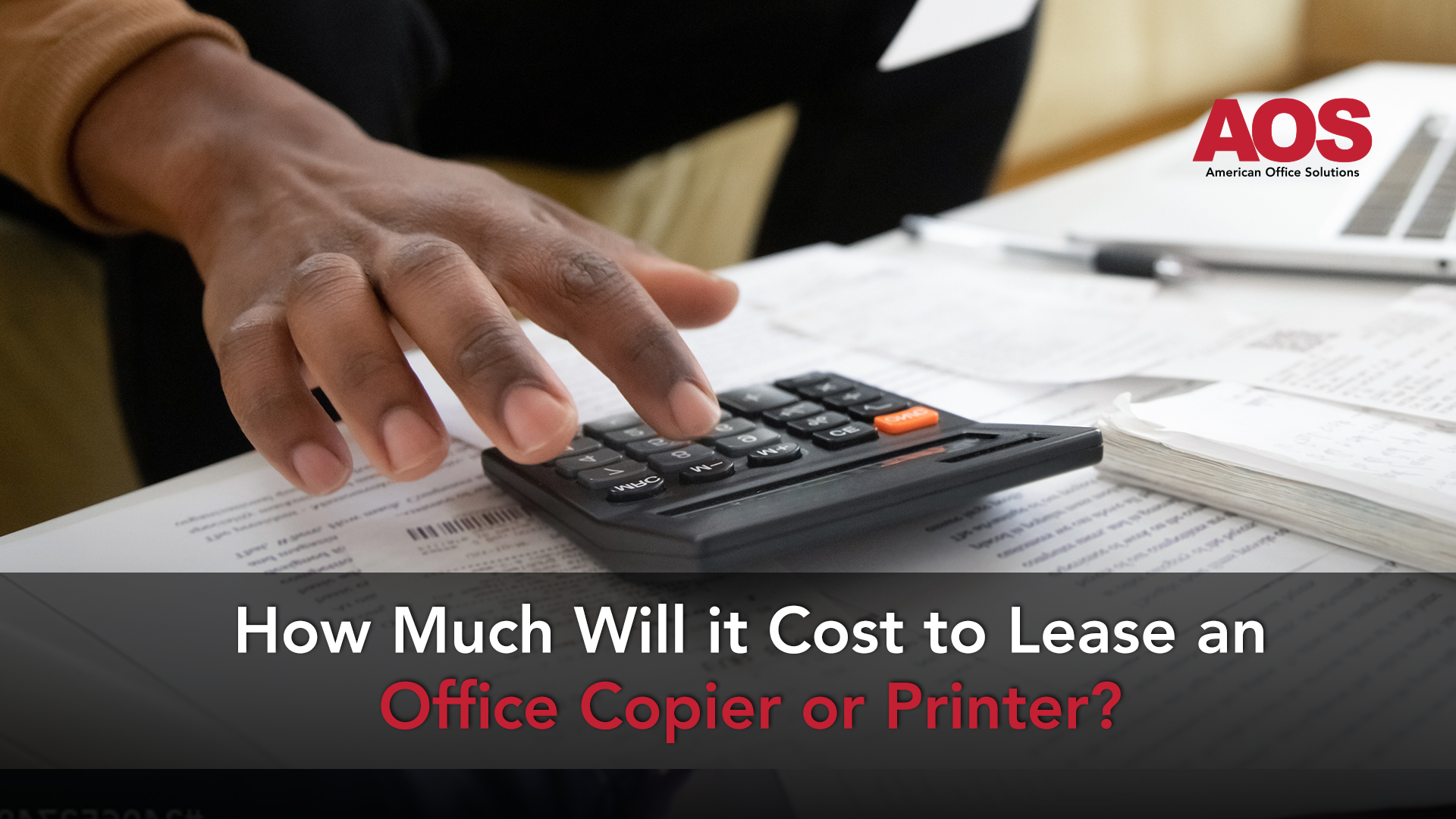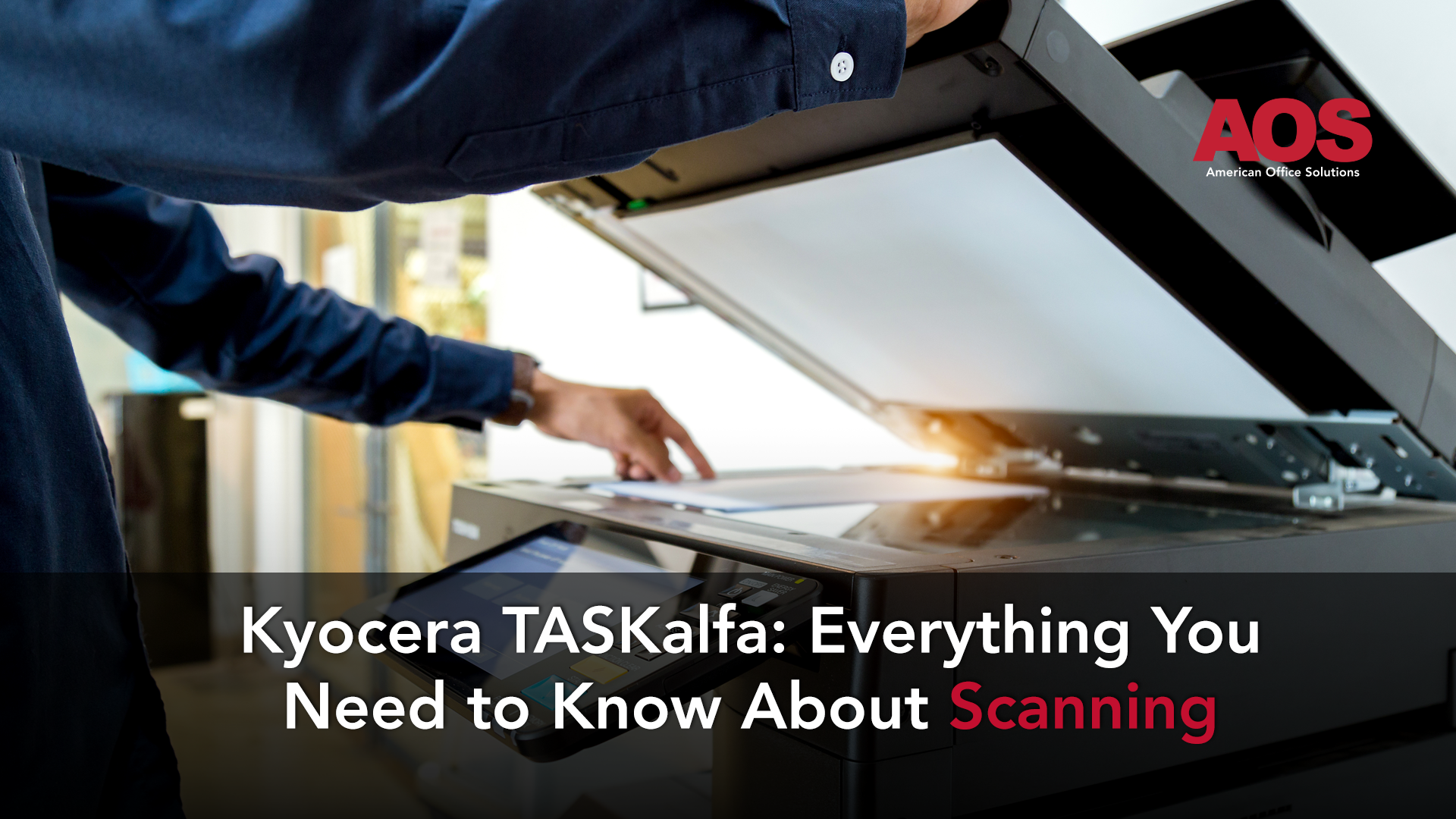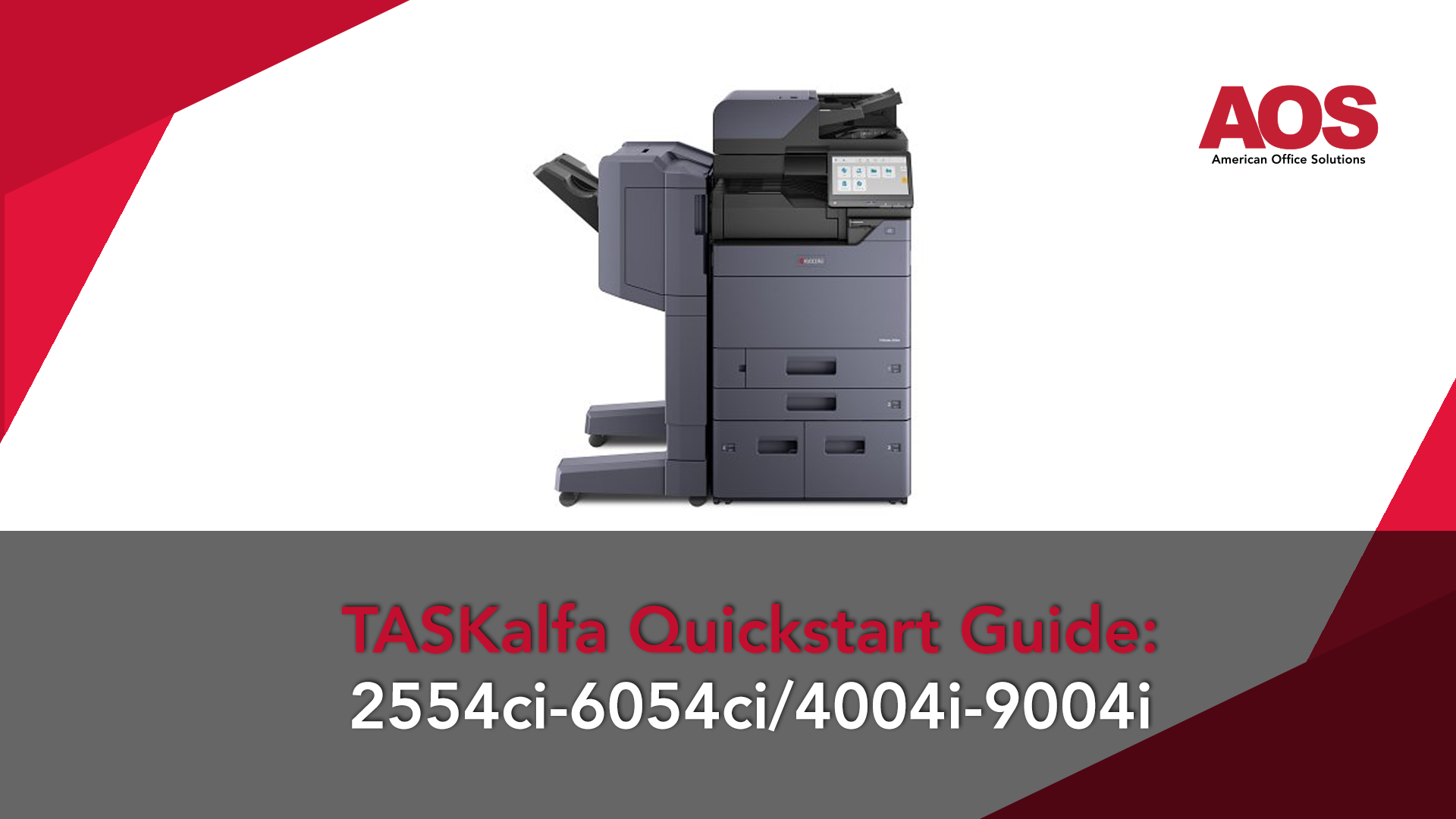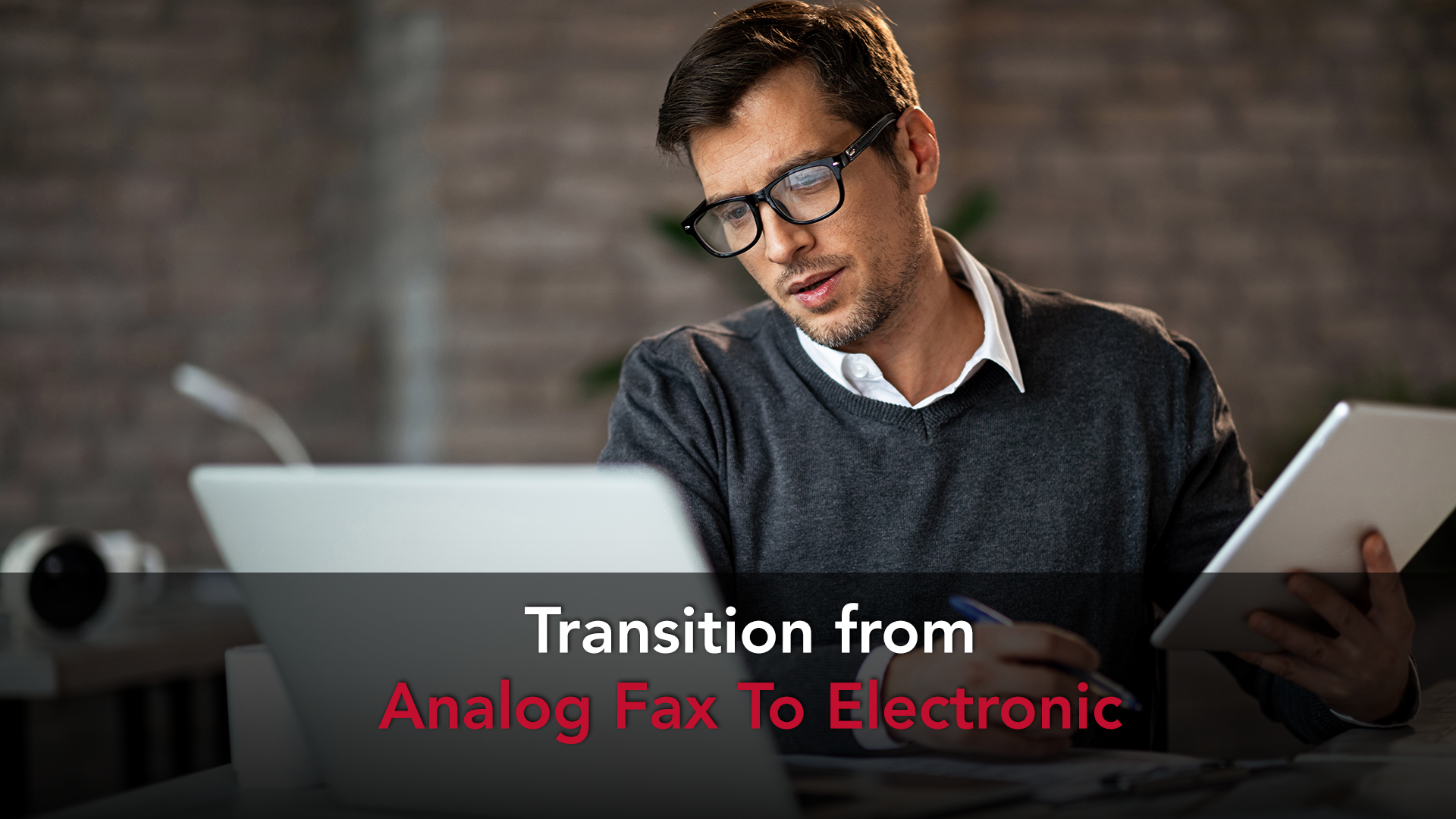
Read Time: 5 mins.
Most people may not expect a topic on faxing to feature in this era of rapid text and email technology inventions. Surprisingly, many enterprises, non-profit, academic organizations and government institutions still rely heavily on fax as their primary channel of sending and receiving data.
Some of the reasons why fax is still popular include:
- Businesses believe fax is more secure than email
- Fax is more reliable as messages are not lost or directed to spam folders to stay unnoticed.
- You need fewer details, such as the recipient’s business name, to successfully send a fax.
- Organizations are unwilling to invest in modern communication technology as they think fax still serves a purpose.
- They rely on the paper trail created by fax for their records.
- They use fax as a backup communication system when there are network outages.
- They must comply with government standards and regulations.
- Interoperability challenges
Why Transition From Analog To Electronic Faxing?
Relying on traditional fax may expose your organization to more security dangers than modern communication channels. Traditional fax does not incorporate encryption systems.
Today, it is easy for fax messages to be intercepted by the man in the middle (MITM), and the information diverged to unauthorized destinations or used maliciously. Data safety is further compromised when it remains uncollected at a fax-receiving machine as unintended recipients can access it.
E-faxing solves this problem as it is integrated into systems secured against cybercriminals. Besides, you access your digital fax messages on your digital devices. You can then secure the information by limiting the people who access the devices or using passwords to conceal sensitive information from unauthorized recipients.
Related Article: Working Remotely with eFax Solutions.
Traditional faxing complicates file sharing, as you have to type the information before transmitting it to your remote teams. It also generates unnecessary paperwork at a time when most businesses are looking forward to going paperless.
With online fax, you can easily share the files on your digital devices. Digital fax technology integrates with enterprise applications like CRM, ERP, and accounting systems. This significantly enhances your communication and reduces costs associated with printing papers, ink, toners, and maintenance of the traditional fax hardware.
As an organization, you must be concerned about compliance with data protection regulations. You can improve your compliance with existing legislation such as HIPAA by securing devices that hold your fax messages or leveraging more secure cloud-based data storage systems that integrate seamlessly with online faxing technology.
Steps to Take in Transitioning to Digital Faxing
Step 1: Plan
Any change in your business operations may cause unintended disruptions if not well executed. You want to make a plan to ensure a smooth transition with limited or no disruptions.
Determine the equipment you need for online faxing and allocate resources to acquire them. Make sure to learn if you will adopt an in-house digital fax system or cloud-based faxing. Also, train your staff to operate the new system securely, efficiently, and correctly.
In your plan, identify the team to lead the transition project and allocate resources for the migration. Also, set your timelines and develop your monitoring tools to ensure you remain on track.
Working with communication technology experts like AOS guarantees better and faster results as we have the expertise, experience, and technology to help you transition more smoothly. Partnering with us also gives you professional support for problems that may arise in the future or when you want to upscale your faxing technology.
Step 2: Set Your Priorities and Execute
Your plan will outline your transition goals. It is now time for your managers and supervisors to determine the transition goals to meet first.
Break the goals into small achievable phases in order of importance. Consider developing guidebooks on archiving files, paperless filing, and online faxing. Your communication technology expert will let you know the digital filing technology and guide you to choose the best for your organization.
Breaking down the project into segments allows seamless transition as there is time to execute, monitor, and revise each portion of the project. It also allows the staff to adapt fast as they internalize small portions of the transition.
Step 3: Track
Tracking allows you to identify learning progress in the use of online faxing. You can address problems as they arise and pick lessons for the subsequent implementation phase.
You also recognize the goals your employees are meeting and those they need support to master. Some employees may fall behind as they resist changes or are afraid of new digital initiatives.
As you track the execution of the project, you will determine if your staff needs more training or you need to withdraw existing technology to build their confidence in paperless faxing.
Step 4: Organize
Before transitioning fully, you may need to work with your traditional fax records and paperless files. Consider the technology you can use to generate archives for the analog files you still need to keep.
Once you have transitioned fully, your cloud-based system automatically keeps records of sent and received fax documents in more organized files. It makes it easier for you to retrieve them, and they are encrypted to boost their security.
Step 5: Launch
After executing all the phases successfully and addressing arising challenges, it is now time to withdraw the analog technology and rely entirely on the online faxing system. Although you have transitioned in phases, do not discard the analog machines immediately.
Your transition to digital faxing helps reduce operation costs, as you may not need additional faxing hardware that requires regular maintenance. You also eliminate the need for physical filing spaces and equipment.
It aligns your operations with the technology demands for remote work as your teams can receive and send fax messages from anywhere, anytime. The fixed analog fax equipment no longer hinders efficient communication for your employees working remotely.
The Final Say: Transitioning From Analog to Online Faxing
As you know, times are changing. Transitioning from analog faxing to digital is another excellent way to ensure your organization stays relevant and up-to-date on the latest technology advancements.
Do you need assistance transitioning to e-faxing? At AOS, our technology experts will listen to your digital faxing needs and guide you to a better faxing experience and secure data sharing. With our experienced and highly qualified experts, we will recommend the best faxing technology for your business needs. Make sure to contact us today to discuss your online faxing project with a technology expert.
